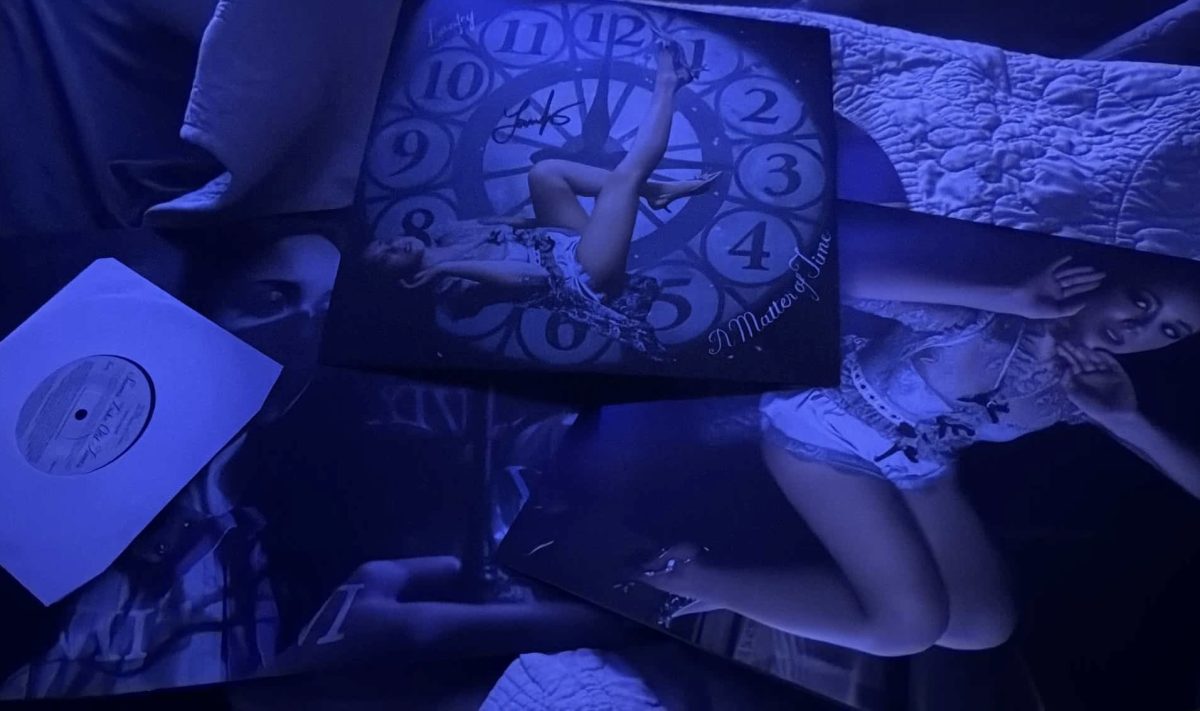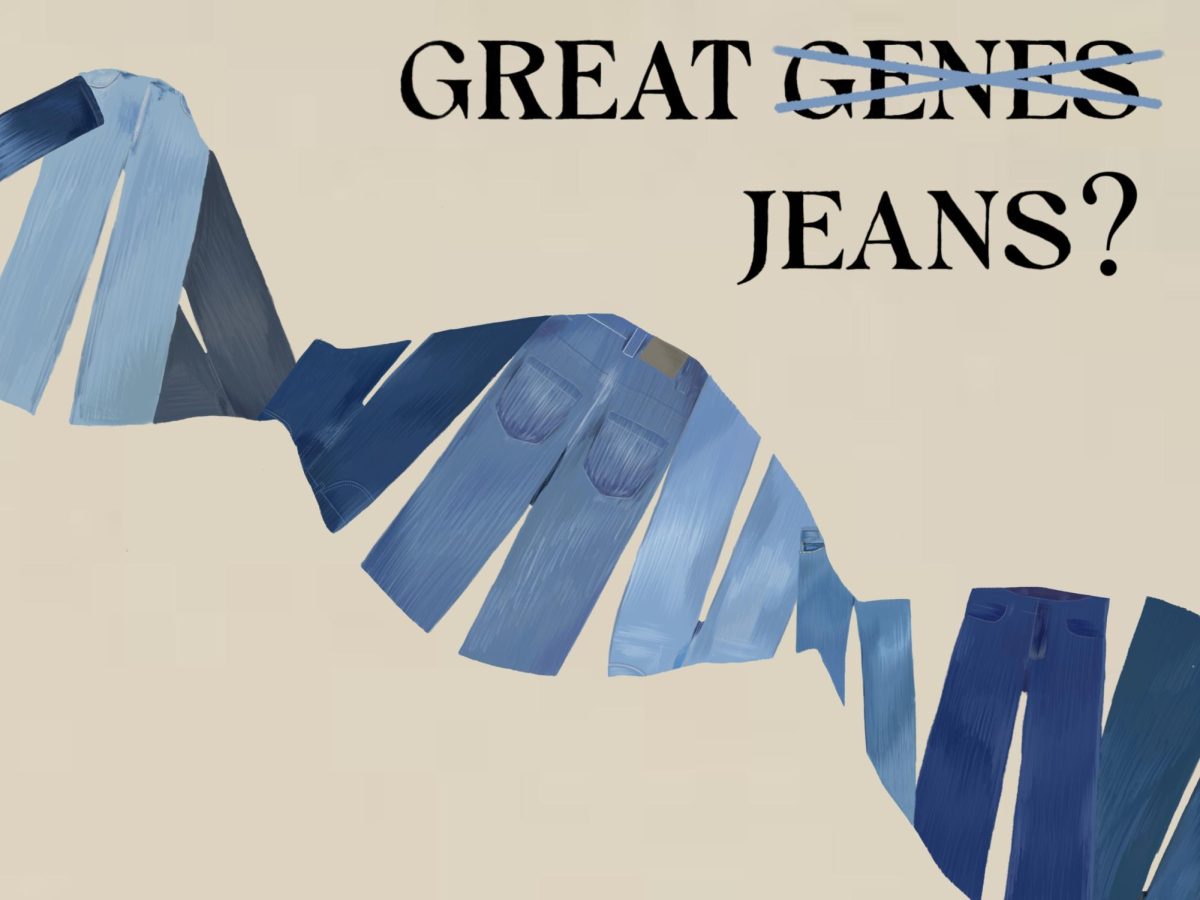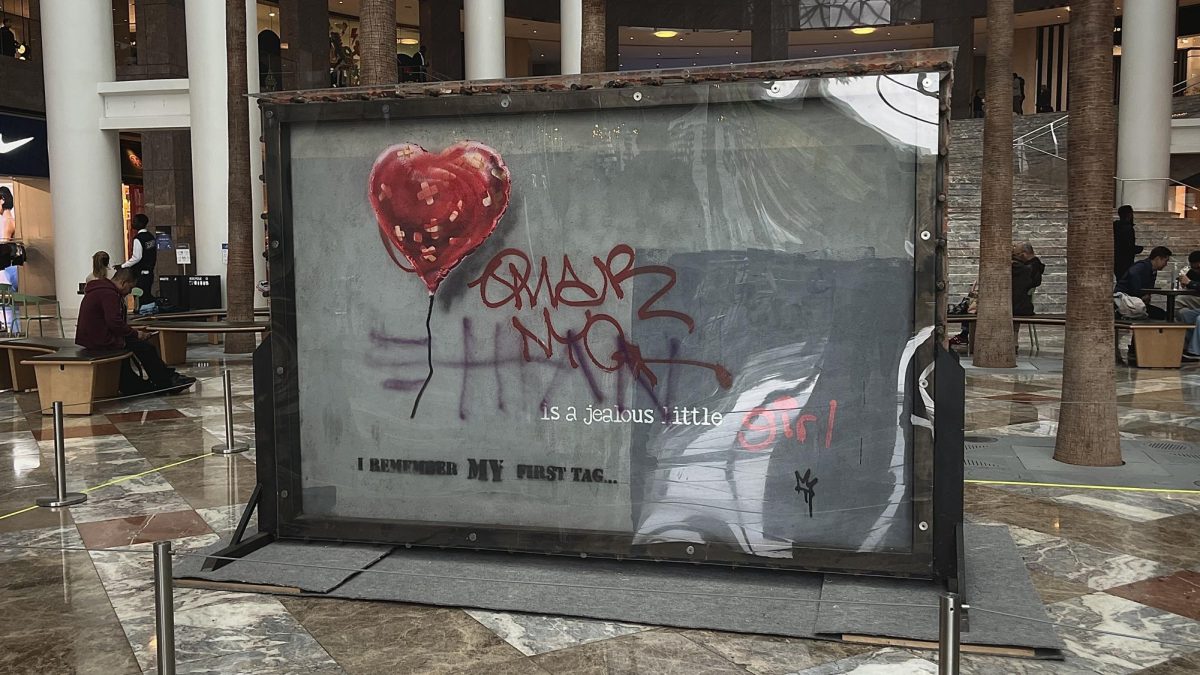Fresh off of the massive success of Bird Box, Netflix is hoping to continue captivating audiences with yet another gut-wrenching thriller. Velvet Buzzsaw once again thrusts audiences into a world much like their own, only to find that something sinister and seemingly inexplicable is lurking in plain sight. Much like Bird Box, this film also stars John Malkovich alongside an all-star cast of accomplished actors and promising up-and-comers.
The similarities end there, however. Velvet Buzzsaw allows Oscar-nominated director and screenwriter Dan Gilroy to thrive in his expected satirical exploration of a confined world with strangely obsessive characters, this time delving into the self-important world of art critics.
Gilroy attempts to recapture the magic of his directorial debut, Nightcrawler, teaming up for a second time with Jake Gyllenhaal and Rene Russo, whose performances highlight a delightfully droll film that alternates between fantastical horror and delightful parody.
However, those expecting this movie to be another work of Nightcrawler’s caliber will be disappointed. While the two films certainly share many overlapping qualities and are both clearly products of the same mind, the script of Velvet Buzzsaw comes up short at times. The movie is carried by the acting performances, but even a cast as deep as this one can only do so much to make the audience care about such flat characters, as is often the problem Hollywood writers have when writing both horror and satire.
It is disappointing to watch the chronically underrated Toni Collette go from the great 2018 horror film Hereditary to this, where she is underused and barely able to showcase her vast range.
Collette’s role might be the only miscast in the entire film, considering the rest of the ensemble is what truly makes Velvet Buzzsaw worth watching. Stranger Things alum Natalia Dyer is perfectly charming in her role as Coco, a production assistant, while Malkovich impeccably embodies Piers, an artist trying to recapture a lost spark.
As the public has come to expect, Gyllenhaal is a scene-stealer every time he is onscreen, bringing so much nuance and grandeur to his role as Morf Vanderwalt, the conflicted protagonist, that it seems as if the entire character was made with him in mind.
The film works best when it is satirizing the world it has so effortlessly replicated. Anyone who is even semifamiliar with the art scene — and even those who aren’t — can find a lot to enjoy in the pompous vernacular and glib dialogue. The same way Get Out targeted white America, Velvet Buzzsaw hones in on art snobs in a subtle way that cuts deep, much like the art fanatics claim to adore so much.
Unlike Get Out, the film falters when it devolves into a thriller. The frights are predictable and trite, bringing nothing new to the already overcrowded horror landscape. Those expecting terror like a traditional scary movie, or even deeply unnerving sequences like in Nightcrawler, will ultimately be left wanting.
This is not to say that any of the attempted scares are unnecessary. Gilroy’s best satire comes when the parody and horror overlap, making for some particularly sardonic scenes that critics and casual viewers alike can appreciate. A couple of jabs in particular stick their landing so well that even uptight art aficionados will have to crack a smile, such as when Gyllenhaal’s character can’t help but to critique the aesthetic of a funeral or when museumgoers comically mistake a dead body as one of the exhibits. The film’s conclusion specifically is the ultimate lampoon and representative of the entire satirizing work as a whole.
Overall, the film is not as great as some of Gilroy’s other work, but it is well worth the watch for those who enjoy crackling commentary about grandiose communities. The premise is clever enough, but the horror will leave viewers wanting more. To quote Russo’s character at the beginning of the film, “None of this is new.”
Perhaps, though, that’s the point. The film’s hackneyed scares could very well be the best satire in the film, signifying the redundant atmosphere Velvet Buzzsaw
is mocking.
More likely than not, though, the audience will find it’s a B-grade horror film with a star-studded cast to make up for its flaws. When viewed through a more cynical lens, it becomes much more of a camp film in which its lampoons make up for its otherwise flat spookiness. All in all, one’s perception of the film depends on how they choose to view it, which is exactly the point the film is trying to make.








